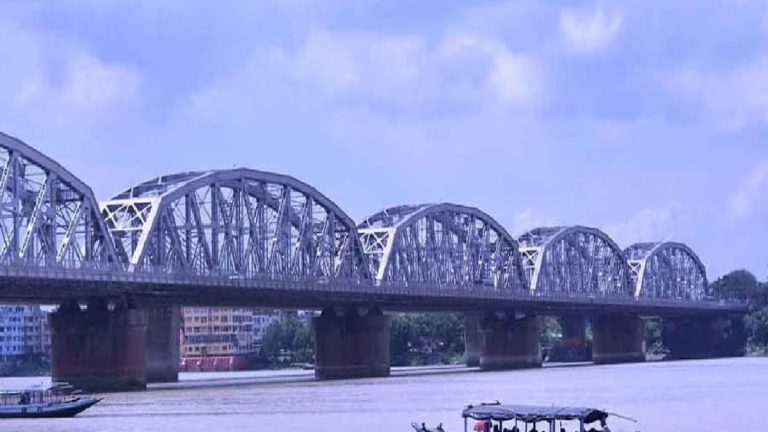Last updated:

There is no trace of this history to this day.
In the first half of the 20th century, a seaplane base was established near Calcutta.
Imagine standing on the banks of the Ganges at the famous Dakshineswar temple near Kolkata and suddenly seeing a plane land from the Pali Bridge. It then landed on the river in front of Dakshineswar Temple. Scenes like this are sure to surprise you, and rightfully so. This sight was apparently common some seventy years ago. As surprising as it may sound, there are international air services on the Ganges. Bali and Dakshineswar are witnesses of this extraordinary history. The efforts of an independent researcher have brought this historical memory back to light on social media. The researchers also collected various authentic documents from the time. It was discovered that this period of history no longer exists.
Many planes used to land in this part of the Ganga every day and fly to various destinations within India and abroad. These aircraft are not typical land planes, but more like seaplanes or spacecraft. Therefore, they landed on water rather than land. No runway is required; the area where they land on a river or lake is called a seaplane base.
In the first half of the 20th century, a seaplane base was established near Calcutta. Land planes landed at Dum Dum Airport and seaplanes landed in the Hooghly River near Willingdon Bridge (now known as Bally Bridge). According to various British-era records, this was the only international seaplane base in the city of Kolkata and the state, operating from 1938 to 1949.
It is understood that the area near Willingdon Bridge in Bali is the northernmost settlement on the banks of the Hooghly River in Howrah district and was selected as a seaplane base. On 28 October 1937 it was declared a “Customs Airport”. Imperial Airways began airmail services from Calcutta to Australia via Singapore, and the “Cooee” seaplane landed at this seaplane base. The airships will arrive from Kolkata, cross the Wellington Bridge, and land on the Ganges between Dakshineswar and Uttapara, where they will float for extended periods of time.
The base provides more than just air services; several aviation accidents have occurred there. The outbreak of World War II in 1939 brought changes to air services. However, the base played a vital role during the war. The Pali seaplane base also witnessed a historic journey.
By this time, Netaji Subhas Chandra Bose had disappeared and INA soldiers had been captured around the world. News from Yangon said the British government had laid serious charges against National Army officials. Netaji's brother Sarat Chandra Bose was asked to defend them. In mid-July 1946, Sarat Chandra Bose, his son Sisir Kumar Bose and family friend Manubhai Bhimani boarded an airship from the Bali seaplane base and set off for Rangoon. Gradually, activity at the base began to decrease. The popularity of seaplanes declined rapidly, leading to decisive measures in 1949.
On August 31, 11 years after its completion, the Bali Seaplane Base was officially closed. At around 11:30 a.m. that day, the last seaplane, the Pevensie, departed for the UK. The historic seaplane base now stands next to the modern Nivedita Bridge. The area around the former seaplane base has now become a wasteland, losing the pride of its once glorious history.
